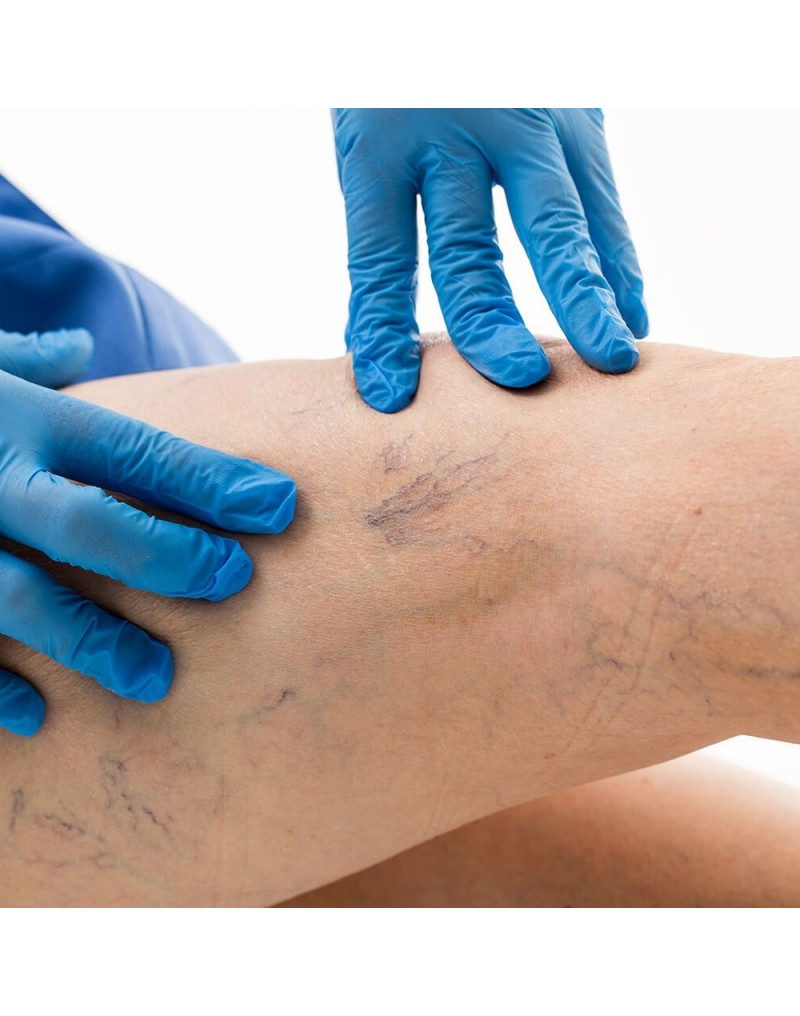
Images for illustrative purposes

Images for illustrative purposes
Chronic venous insufficiency, also known as varicose veins or varicose veins, are swollen veins caused by abnormal accumulation of blood due to the often inherited weakness in the walls and valves of the superficial veins. This causes the veins to widen and dilate, so that blood easily accumulates when a person stands for a long time. This pathology is much more frequent in women, it usually occurs in the veins of the legs, however, they can also affect the esophagus, anal region or testicles.
If you don't respond to personal care or compression stockings, or if the disease is more serious, your doctor may suggest one of these varicose vein treatments:
• Sclerotherapy: In this procedure, the doctor injects a solution or foam into the small and medium-sized varicose veins that heals and closes the veins. In a few weeks, the treated varicose veins should thin.
Although it may be necessary to inject the same vein more than once, sclerotherapy is effective if done correctly. Sclerotherapy does not require anesthesia and can be done in the doctor's office.
• Large Vein Foam Sclerotherapy: Injecting a foam solution into a large vein is also a possible treatment to close a vein and seal it.
• Laser treatment: Doctors are using new technology in laser treatments to close varicose veins and smaller spider veins. Laser treatment works by sending strong bursts of light onto the vein, causing the vein to slowly fade and disappear. No incisions or needles are used.
• Catheter-assisted procedures with radiofrequency or laser energy: In one of these treatments, the doctor inserts a thin tube (catheter) into an enlarged vein and heats the end of the catheter with radiofrequency or laser energy. As the catheter is removed, the heat destroys the vein by causing it to contract and seal. This procedure is the preferred treatment for larger varicose veins.
• High ligation and vein removal: This procedure involves tying a vein before it is attached to a deep vein and extracting the vein through small incisions. This is an outpatient procedure for most people. The removal of the vein does not adversely affect the circulation of the leg, since the deeper veins of the legs are responsible for the increase in blood volume.
• Ambulatory phlebectomy: The doctor removes the smallest varicose veins through a series of small holes in the skin. Only the parts of the leg that are punctured are numb in this outpatient procedure. Scars are usually minimal.
• Endoscopic vein surgery: You may need this operation only in an advanced case involving leg ulcers if the other techniques fail. The surgeon uses a thin video camera inserted into the leg to view and close the varicose veins, and then extracts the veins through small incisions. This procedure is performed on an outpatient basis.
Varicose veins that appear during pregnancy usually improve without medical treatment 3 to 12 months after delivery.